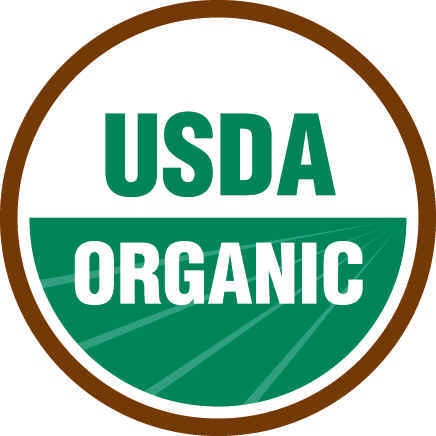13 Nov Organic: What does the Organic label tell me about my chicken? Is it safer, or more nutritious?
According to the USDA, the organic label does not indicate that the product has safety, quality or nutritional attributes that are any higher than conventionally raised product.
The USDA requires that any product carrying the USDA Certified Organic seal, including poultry products, must meet the following guidelines set by the USDA’s National Organic Standards Board:
- The chicken may not have antibiotics or hormones administered. Note: by law, no chicken you eat, organic or not, is given added hormones or steroids.
- The chicken must have been fed 100% organic feed and forage, including organic grains.
- The chicken must have had a degree of access to the outdoors.
Once the chicken goes to the processing plant, most of the practices are the same for chickens raised organically or conventionally. The major difference is that in processing chicken that is labeled organic, any processing aids or sanitizers used must also be approved for organic use.
Why are processing aids and sanitizers used at all?
Processing aids are substances approved by both the FDA and USDA to enhance food safety and reduce potential contamination during processing. One example is antimicrobials, which are commonly used in poultry processing. Food-grade antimicrobials, not to be confused with antibiotics, work to kill bacteria and foodborne pathogens like salmonella. If an antimicrobial is used, it is used at the levels determined by the USDA, which require substantial dilution.
Looking for more information?
If you’re curious about what other labels you might find on packages of chicken mean, check out this infographic on common chicken labeling terms.
To learn more about the USDA’s Organic seal, visit www.usda.gov.

